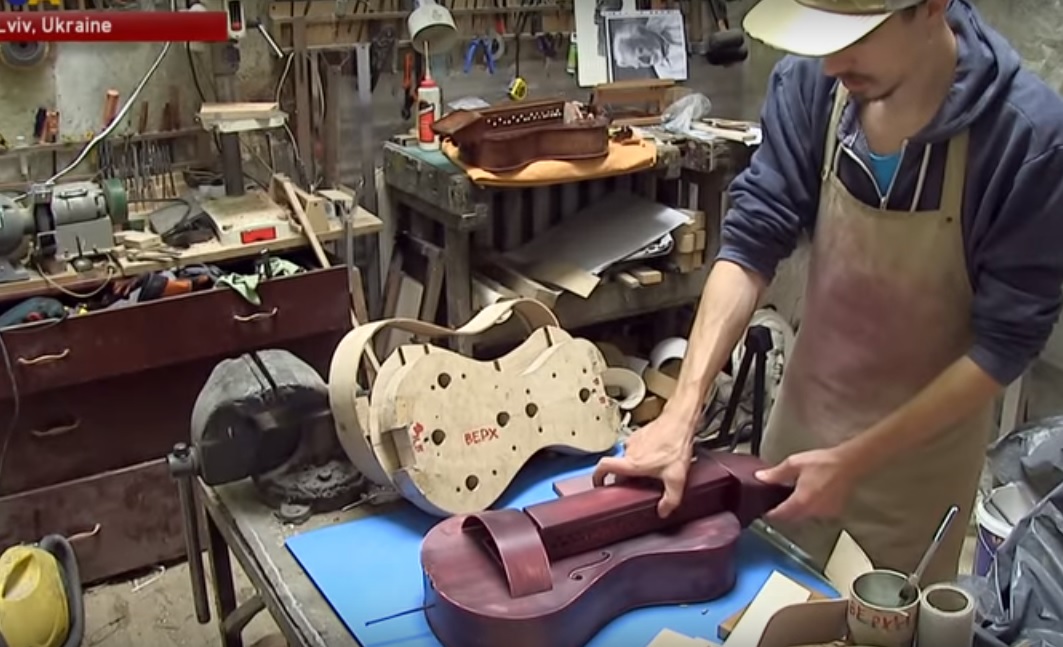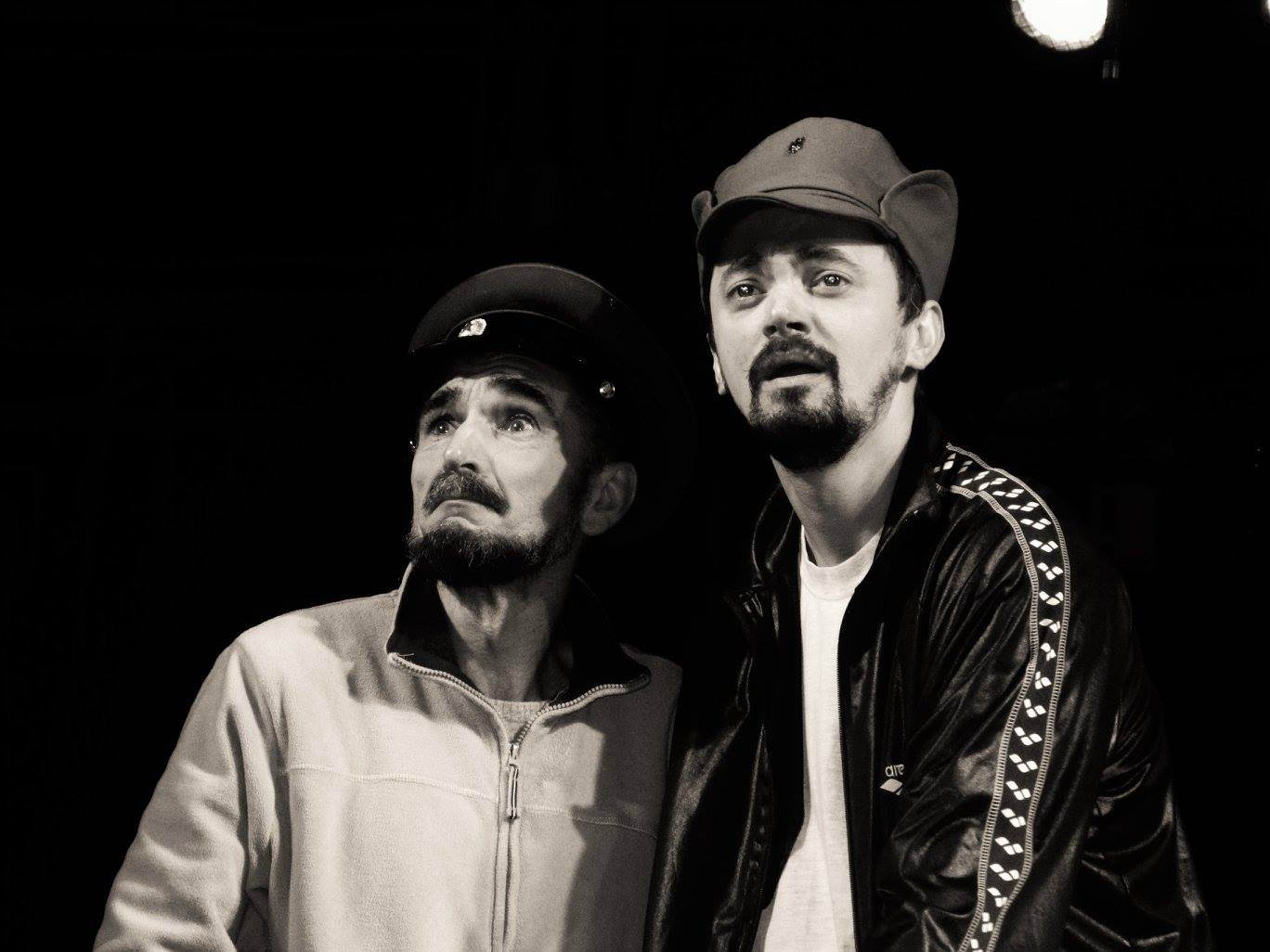Prior to 1917, four-fifths of the territory of contemporary Ukraine had been part of the Russian empire for at least 150 years. Many Ukrainian intellectuals, as well as writers, artists, and composers of that time – even while striving for Ukrainian independence – couldn’t completely escape the constraints of the political reality. Their work belonged to the empire and to the Ukrainian people at the same time. Ukrainian culture and the culture of the empire developed simultaneously. But naming all art of the Russian empire as “Russian” is wrong.

Notable are the avant-garde painters, all of whom were regarded as “Russian” avant-garde. In reality, there were at least as many Ukrainian as Russian artists, along with Belarusians, Jews, Greeks, and others. Moreover, all of them were influenced by their own folk culture.
The first successful avant-garde exhibition in the territory of Ukraine as part of the Russian Empire was the "Izdebskiy Salon-2" in 1910. Drawings by Vasiliy Kandinskiy, one of the first avant-gardists on Ukrainian territory, were presented there.
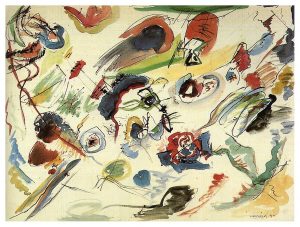
The “Izdebskiy Salon” exhibition was first held in the Ukrainian cities of Odesa and Kyiv, and only later in St. Petersburg and Riga. Arising out of the salons, the first half of the decade was marked by the avant-garde in Ukraine as it continued developing.
David Burliuk, Kazimir Malevich, Aleksandra Ekster, Aleksandr Bogomazov, and sculptor Aleksandr Archipenko were the main avant-garde artists in the territory of Ukraine at this time.
All of them introduced elements of Ukrainian folk culture into their work. Some even drew upon ancient traditions, such as Trypillia culture and the Balbal statues found on the Ukrainian steppes.

Trypillia Culture is an archaeological name for an agrarian civilization which flourished in the territory of Ukraine from 5,400 to 3,000 BCE. The Trypillia culture is especially known for its ceramic pottery. The surface of the pottery was typically decorated with inscribed ornamentation in the form of spiraling bands. Pictured: Ceramic pottery and figures from Trypillia Culture. Source: we.org.ua
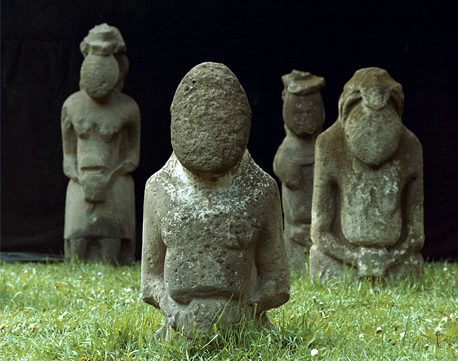
Known as the Balbal stone statues, dating from 4,000 BCE, hundreds of them stand on the steppe lands stretching from Ukraine to Mongolia. They are believed to have been erected by tribes of nomads as monuments of sacral art. Pictured: Stone statues at Khortytsia island on Dnipro river in southern Ukraine. Source: http://ostriv-x.blogspot.com
Melding such unique traditions, both ancient and folkloric, distinguished the Ukrainian avant-garde artists from others.
Immediately after the 1917 October Revolution in which bolsheviks headed by Vladimir Lenin took power in Russia, Constructivism emerged in the USSR as one of the avant-garde, proletarian art forms. This new direction sought to renounce "art for the sake of art" and to subordinate art to mere production. It marked the end of free avant-garde.

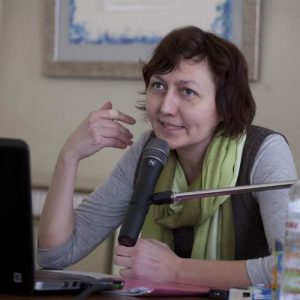
The accuracy of the term "Ukrainian avant-garde" is actively debated among Ukrainian scholars. One of the attempts at modern rethinking, as well as the search for Ukrainian in the avant-garde, was the exhibition “Avant-garde: in Search of the Fourth Dimension,” which took part in Kyiv in December 2018. To find out more about Ukrainian avant-garde, we talked with Oksana Barshynova, coordinator of the exhibition, and head of the art department (20th-21st century) at the National Museum of Art.
Avant-garde and the USSR
You have said that avant-garde artists wanted not just to create art, but also to change the world. What are the ideas through which they wanted to change the world?
These ideas are commonly grouped under the term “life-affirming.” Each of these artists wanted to reveal our human nature, so that a person could actually change their life, understand the world creatively, and treat the world responsibly. Art is not just a picture that can be hung on a wall to decorate a home. Art must have a very strong influence on a person and lead them toward some form of change.
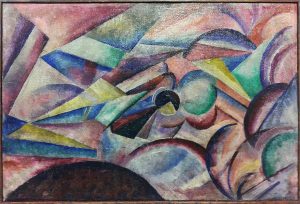
The early avant-garde wanted to reshape the worldview to be richer, creative and more responsible. During the late period of the emerging avant-garde Constructivism – which was largely determined by the conditions of the new social order. The task was to build a new society, a new, just world. A New Man.
A new, just world and a New Man. Do you mean that the Soviet government wanted to do this?
Well, yes. It just turned out later that Soviet power had one plan about this transformation, and the avant-garde artists had another, quite different idea. This relationship between the Soviet government and the avant-garde is a very interesting moment.
In a famous article by Boris Groits titled "Socialist Realism: the Avant-garde in Stalin’s Manner," the author explained that avant-garde artists were not only creating in their studios – they also wanted to be active in society and to have power over the person. Their art had to change a person and awaken the desire also to create.
The Soviet authorities believed that they were building this new world, not artists. Artists were just a tool for them. This is the conflict between the avant-garde and the Soviet authorities. They worked in one field. They had the same ambitions. But they did not have the same vision.
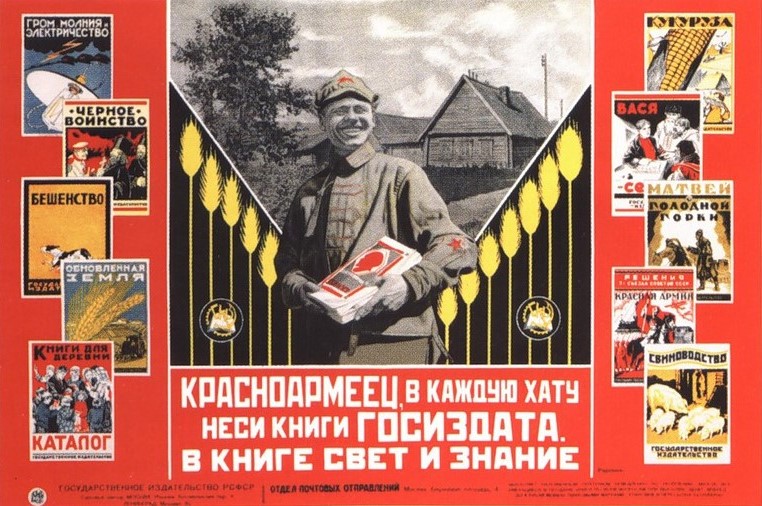
In the wake of the destruction of private property and the end of a free market, the Soviet government assumed absolute power over artists, as it became the sole purchaser of works. In the late 1920s, the prescribed “function-only” of art was solidified under the union of artists, and socialist realism was announced “...from now on we [authorities] control everything, and the task of the artist is only one thing – a craft. We will tell what should be done – we need to depict collective farms, heroes, the revolution.”
Artistic freedom was taken away. But craft was still needed. It was necessary to draw beautiful paintings that would capture the viewer.
Kazimir Malevich, the best-known Ukrainian avant-garde artist, wrote in the 1930s: "Communism is endless hostility and a breakdown of peace and calmness, for it seeks to subjugate any thought and destroy it. No bondage knew such slavery as communism, for the life of any person here depends on his next chief."
Malevich was heavily shocked by tragic events of the Soviet destruction of the Church by repressions, and by the Holodomor in the 1930s. He depicted his feelings in paintings like: The Running Man and Where Sickle and Hammer Are, there is Hunger
.


Socialist realism had retained the concept of experiencing art from the avant-garde, but saw it in a completely different light. Whereas avant-garde artists believed that a person should be actively engaged in perceiving a piece of art so that it transforms them, changes them, makes them better, socialist realists aimed to manipulate perception. The works of socialist realism depict the urgent rush to an imagined, new world for which one must constantly and urgently strive.
What about the 1910s when Soviet restrictions and repressions were not yet a factor? Among avant-garde artists, was there any desire to adopt communist ideas or to have any commitment to them?
Not to communist ideas. Rather, there were commonalities between the Soviet government and avant-garde. Futurism, for example.

The Futurists, such as Marinetti and Burliuk (an Italian and a Ukrainian), called to clear out the existing space, to end the old world. "War is the hygiene of the world," said Marinetti. And who did he become? A fascist. He arrived in Lviv as a member of the Fascist party in 1933. The will to power – absolutely a Nietzschean idea – and fulfilling the Nietzschean desire for the Übermensch (German “overman”) was, in essence, the kind of futurism he promoted. It was in all the works of the avant-garde as well, even if not all artists spoke about it explicitly.

Russian, Ukrainian and international avant-garde
Regarding the Ukrainian, Russian, or international avant-garde, is it possible to distinguish among them?
As far as distinctions go, they probably have some validity. The avant-garde itself, in its aspirations, defined itself as an international trend – as something supra-national. It’s no accident that many avant-garde artists were enthusiasts of Esperanto [the most widely spoken artificial international auxiliary language - Ed]. They had the desire to develop a sort of universal artistic language which would tend to very simple forms – rectangles, circles, and so on. It could be open to interpretation, unlike realistic scenarios, where one must still understand history, life, context. In the avant-garde, so to speak, it was all metaphysical.
As for the issue of Ukrainian or Russian: first, the very term Russian avant-garde originated because of the Russian Empire. Artists lived in the territory of the Russian Empire, therefore they were all called Russian, according to the principle of citizenship.
Probably, avant-garde artists themselves would not see much of a division between the Ukrainian and Russian artists. On the other hand, we understand that any work of art is based on something. And the Ukrainian artists, who drew from their own culture, created a completely different tradition than the French or Italians.
Art of any time arises from yesterday, in one way or another. It’s the result of certain traditions – it evokes responses and appeals to one’s roots. These were very strong here, in Ukraine. At our exhibition, we have centres of avant-garde shown on a map. The village of Skoptsi and the village of Verbivka are shown on par with Paris and Krakow, as well as Kyiv and other cities.


Ekster, Malevich and many other artists believed that without an understanding of folk art, it is not possible to see the whole depth of drawing art, or to reveal it in their own paintings. Their folk art was Ukrainian folk art. They were analyzing it, studying it, and, of course, it largely influenced their work. Therefore, yes, we can talk about the Ukrainian avant-garde.
However, at our exhibition, we decided to shift attention from the “Ukrainian avant-garde,” and to display the “Ukrainian view” of the avant-garde. That’s why everything in our exhibition is described as the Ukrainian map of avant-garde, but not a map of Ukrainian avant-garde. That is, we are not only limited to what our territory gave us. We are looking for Ukrainian influences on the avant-garde in different parts of the world, and in the paintings of different artists.
Many artistic trends were generated in Ukraine. A good example is that of David Burliuk, who formed an arts association in the village of Chorniavka. Various futuristic movements arose from artists in this village.
Yet another example – Aleksandr Archipenko, considered to be one of the originators of world Cubism in sculpture. He firmly maintained that he was formed by Kyiv and the ancient stone sculptures standing in the Ukrainian steppe. Hundreds of these mysterious sculptures have stood for centuries.


What about Oleksandra Ekster’s studio, where she shared her art and insights?
Oleksandra Ekster traveled far beyond Ukraine. She had a large archive of photos acquired in Paris which she kept in her studio for anyone to view. She was open to everything and always available to share with others. Her archive contained photographs of the works of Picasso, Matisse and other world-renowned artists. She also had a large collection of Ukrainian folk art.
After emigrating to Paris, she continued to welcome people to her studio, where she had a huge collection of Ukrainian pottery, embroidery, hand-woven kylym rugs and more. For her, traditional folk art was not just what she knew growing up in Ukraine. These were the same materials she worked with now.
In her studio, she displayed her precious European paintings, alongside her own Ukrainian folk art. She often juxtaposed them, analyzing and discussing the various genres with her guests. In this sense, it is possible to say that Ukrainian folk art helped to shape, not only Ekster and Archipenko, but many more artists.
Read more:
- A taste of Ukraine’s poetic Renaissance executed by Stalin
- Modernized past: how today’s Ukrainian culture combines tradition and modernity




